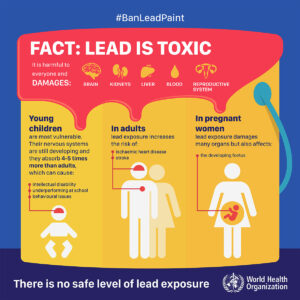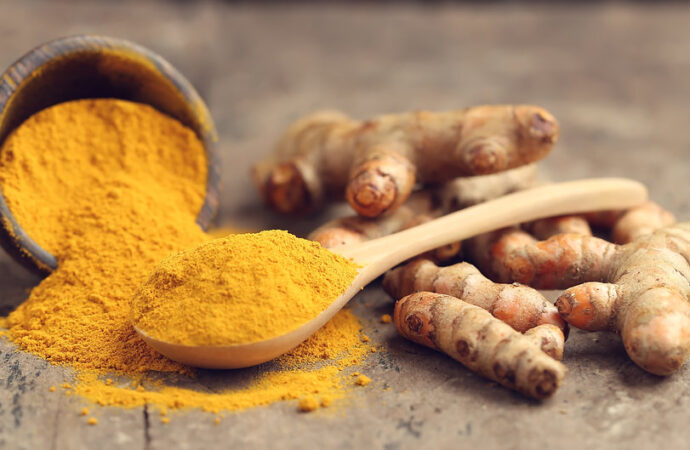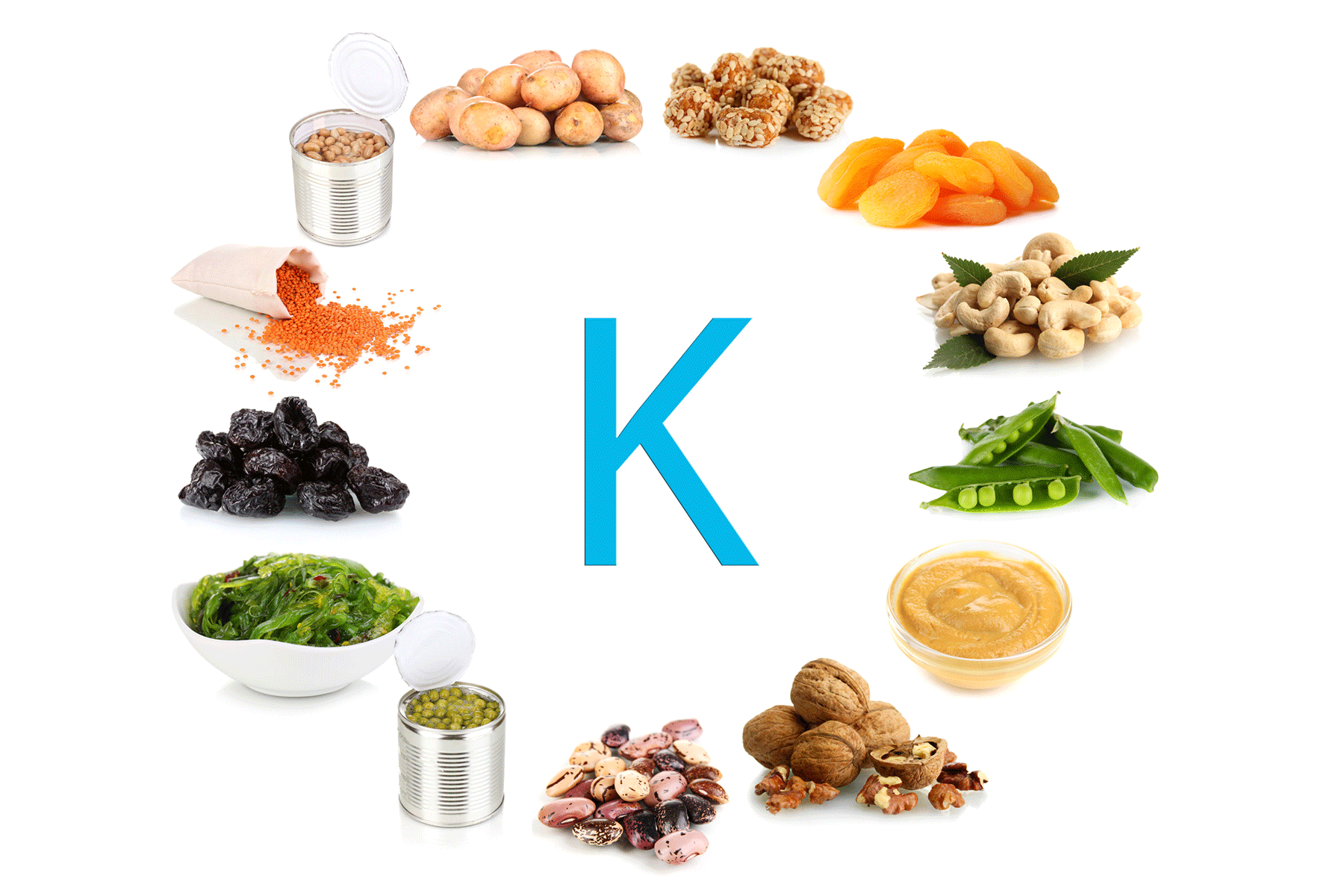Turmeric, often called the “golden spice,” has long been praised for its vibrant colour and powerful health benefits. From boosting immunity to reducing inflammation, it’s a staple in kitchens and medicine cabinets worldwide. But recent reports have raised a troubling question: Is your turmeric contaminated with lead?
Growing evidence suggests that turmeric, especially from certain regions, is being adulterated with lead chromate, a toxic yellow pigment used to enhance its colour. This practice, which has persisted for decades, poses serious health risks—particularly to children. While turmeric is celebrated for its anti-inflammatory and antioxidant properties, the hidden dangers of lead contamination could undermine its health benefits. In this article, we explore the alarming findings surrounding lead in turmeric, the health risks it poses, and the steps consumers can take to safeguard their health.
The Problem of Lead Chromate
Farmers add lead chromate to turmeric during the polishing process to enhance its brightness and increase its market appeal. This practice, which began in the 1980s, has spread to several countries, including Bangladesh, India, and the United States. Lead chromate is a neurotoxin that can impair cognitive function, especially in children. By using lead chromate, farmers can make turmeric look more attractive, allowing them to sell lower-quality roots at higher prices.
What Does the Research Say?
A recent study published in Science of The Total Environment revealed alarming levels of lead in turmeric samples from India, Pakistan, Sri Lanka, and Nepal. The study found that turmeric sold in major cities such as Patna, Guwahati, and Karachi exceeded the safe lead limits established by food safety authorities. In India, the Food Safety and Standards Authority of India (FSSAI) sets the maximum allowable lead level in turmeric at 10 micrograms per gram (μg/g). However, some samples from Patna contained lead levels as high as 2,274 μg/g—significantly surpassing the safe threshold.
The study also found that 14% of the turmeric samples tested had lead concentrations greater than 2 μg/g, raising serious concerns about the potential health risks, especially for children, who are particularly vulnerable to lead poisoning.
Health Impacts of Lead Exposure

Lead is a highly toxic heavy metal that causes severe health problems, especially in children. Even low levels of lead exposure can result in developmental delays, cognitive impairments, and behavioural issues. The World Health Organization (WHO) states that no level of lead exposure is safe, as even small amounts can harm human health. For example, a blood lead level of just 10 μg/L is linked to measurable reductions in intelligence in children.An estimated 815 million children worldwide have blood lead levels above safe thresholds, which leads to impaired cognitive development and learning disabilities.
Lead exposure in children is associated with decreased academic performance, attention deficits, and lower IQ scores. The risks also extend to adults, who can suffer from cardiovascular diseases, kidney failure, reproductive problems, and a higher risk of premature death.Lead disrupts metabolic processes in the body by mimicking calcium, which is stored in the bones, and interfering with bone development. This damage can affect nearly every organ in the body. Lead exposure is also linked to chronic diseases like hypertension, diabetes, and certain types of cancer.
How Does Lead Get Into Turmeric?
Lead contamination in turmeric primarily results from the addition of lead chromate, a yellow pigment used in industrial products like paints, plastics, and ceramics. Farmers add lead chromate to turmeric to enhance its colour, making it appear fresher and more appealing to consumers. This practice has been common in Bangladesh for decades and has spread to other turmeric-producing regions such as India and Pakistan.
Polished roots and loose turmeric powder are the most contaminated forms of turmeric. These products lack the regulatory oversight that packaged, branded turmeric receives. The study found that packaged turmeric had lower lead levels, indicating that bulk and unregulated turmeric are more likely to be adulterated with lead chromate.
What Can Be Done?
To reduce the risks of lead exposure from turmeric, consumers must buy the spice from trusted, certified sources that test for contaminants. While the FSSAI and other food safety authorities set limits for lead contamination, inconsistent enforcement and testing remain a challenge. Therefore, consumers should avoid turmeric from unregulated markets, where lead chromate adulteration is more likely.
Governments and food safety agencies must take stronger action to ensure turmeric and other spices meet safety standards. They need to implement more rigorous testing, educate consumers, and enforce stricter regulations. By increasing surveillance of the turmeric supply chain, authorities can pinpoint where and why lead chromate enters production and persists despite regulations. This will help eliminate harmful practices and promote safer farming methods.
Additionally, researchers must focus on identifying the sources of lead contamination in turmeric and exploring the factors that drive the continued use of lead chromate, even with existing food safety laws. This research will be crucial in reducing contamination and protecting consumers from harmful exposure.
Conclusion
While turmeric continues to be a beloved spice with impressive health benefits, the risk of lead contamination is a serious concern that cannot be ignored. Lead chromate adulteration not only undermines the quality of your food but also poses a direct threat to your health, especially for children whose developing brains are most vulnerable. The good news is that consumers can take proactive steps to minimize exposure by sourcing turmeric from trusted, certified suppliers and advocating for stricter food safety regulations.
Governments, food safety agencies, and farmers all play a crucial role in keeping our food safe and nutritious. By raising awareness, enforcing regulations, and choosing quality-assured products, we can enjoy turmeric’s many benefits without compromising our health. Let’s take control of what we consume and ensure that the golden spice stays true to its name—golden in both colour and value.
 Food Manifest
Food Manifest 
















